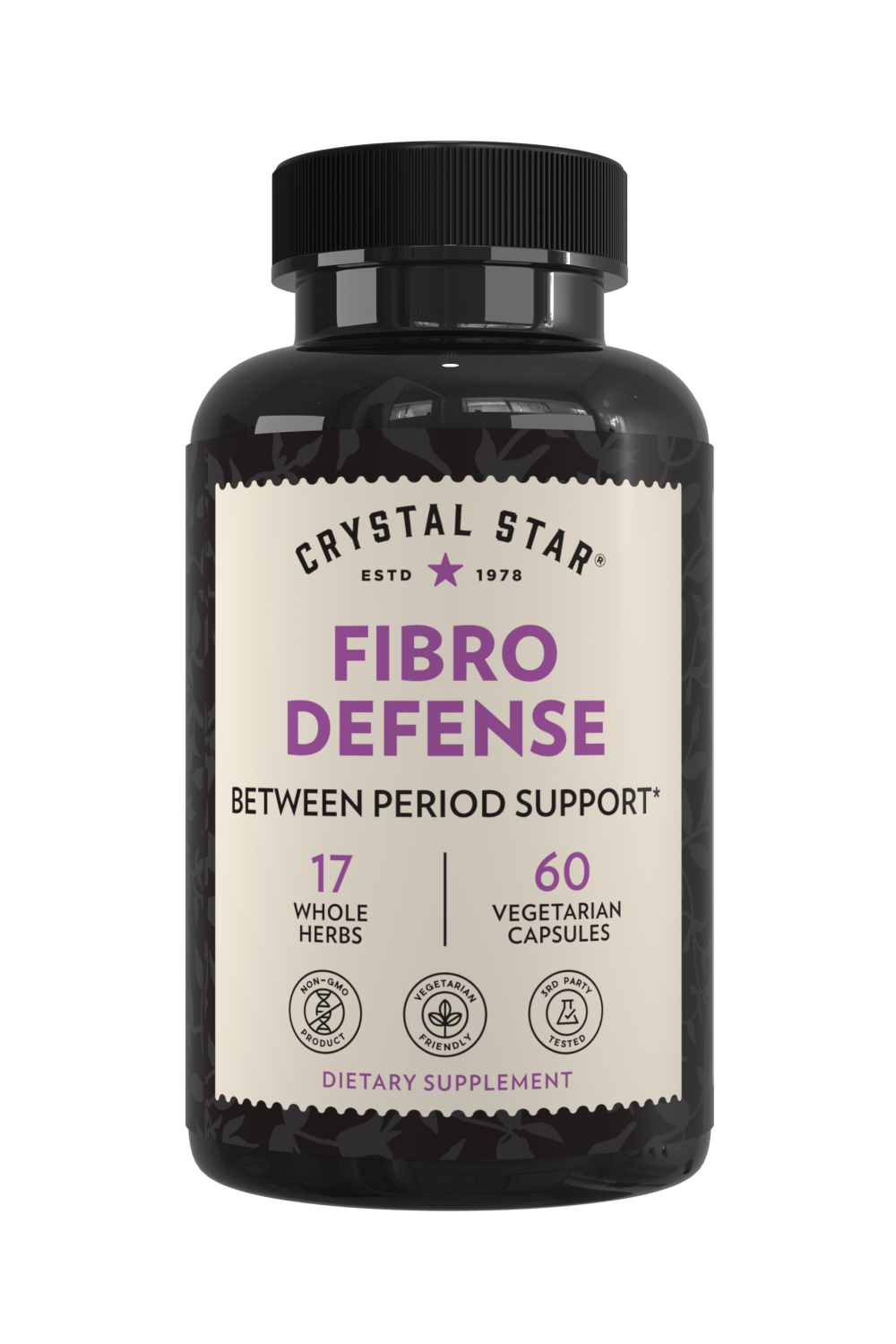
Everything You Want To Know About Sebaceous Cysts
Thanks for stopping in. This information on sebaceous cysts is actually over 4 years old, so we wrote a fresh post using the latest research.
Check out How to care for your sebaceous cysts.
What are Sebaceous Cysts?
A sebaceous cyst is a bump that develops under the human skin. They are also known as keratin cyst or epidermoid cyst. They develop and after few days vanish by themselves. Sebaceous cysts are caused due to blockage of sebaceous gland by a protein called keratin. Sebaceous cysts can sometimes have a pungent odor as they contain yellow clear oily liquid. They may occur all over our body, except soles of palm and feet. Sebaceous cysts mostly occur on head, back, breast and face. They vary in size and are mostly not harmful and are non cancerous. They appear as a result of swollen hair follicle. There are many methods of sebaceous cysts treatment. However, you must know what are the causes sebaceous cysts.
Causes of Sebaceous Cysts
Cysts are non cancerous swelling on the skin that are caused due to several abnormalities in the body. Some causes for sebaceous cysts are as follows:
- Blocked oil or sebaceous glands
- Excessive production of testosterone
- Swelling of hair follicles
- Increased production of sebum on skin surface
- Trauma to Skin
- Over exposure to the sun
- A person having history of acne is likely to develop sebaceous cysts.
- Repetitive waxing and shaving
Symptoms
Some of the symptoms when a person suffers from sebaceous cysts are as follows:
- Reddening of skin
- Sore skin
- The infected area gets warm
- Foul smelling material develops inside the cysts
- Bumps arise underneath the skin
- Cyst develops to nearly 2 inches in diameter
How to Prevent Sebaceous Cysts
Sebaceous cysts can be easily prevented by following these simple tips:
- You can use a topical cream to reduce the risk of infection.
- You can use some medicinal herbs to boost immune system
- Purify your blood by consuming herbs, dandelion, garlic etc.
- Take a diet that is rich in vitamins
- Drink plenty of water
- If cysts appear, do not scratch them. Let them drain naturally. Wash and clean the surrounding area with dettol or anti bacterial soap.
- If the cysts become painful, then you can visit a dermatologist.
- Consume more quantity of citrus fruits, anti oxidants, fruits and leafy vegetables.
Treatment
If the cysts do not rupture or you have excessive pain, then you can visit a dermatologist. Some of the treatments options are as given below
Incision and Drainage
The doctor makes a minute cut in the cyst and then squeezes out the liquid contents from inside the cyst. This is a quick method to treat the cysts; however it might re appear after few days
Injection
It involves injecting cyst with a medicine that will reduce the swelling and inflammation.
Surgery
If the cyst gets enlarged, then it is better to surgically remove it. You may need to visit the doctor to remove your stitches. Minor surgery is more effective as it prevents risk of cyst re appearance. If the cyst is too much inflamed then doctor can delay the surgery.
Laser Treatment
This method involves use of carbon dioxide laser to vaporize the cyst. It can lead to minimal scarring.
Author Bio
Daniel is a well known dermatologist and has conducted many sebaceous gland cyst treatments. He likes to impart knowledge on various scientific topics. In the above post, he is giving information of causes and treatments of sebaceous cysts.








